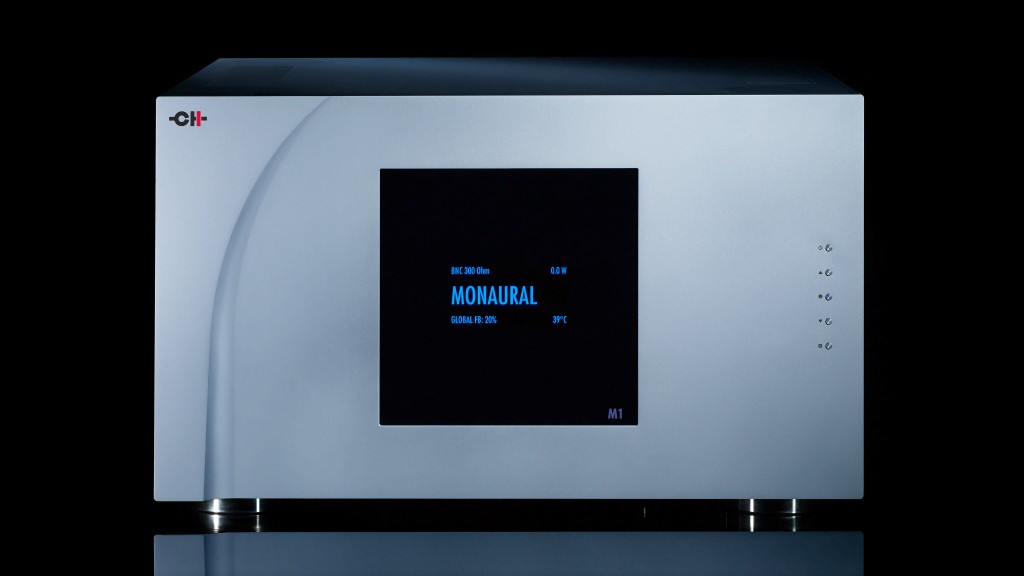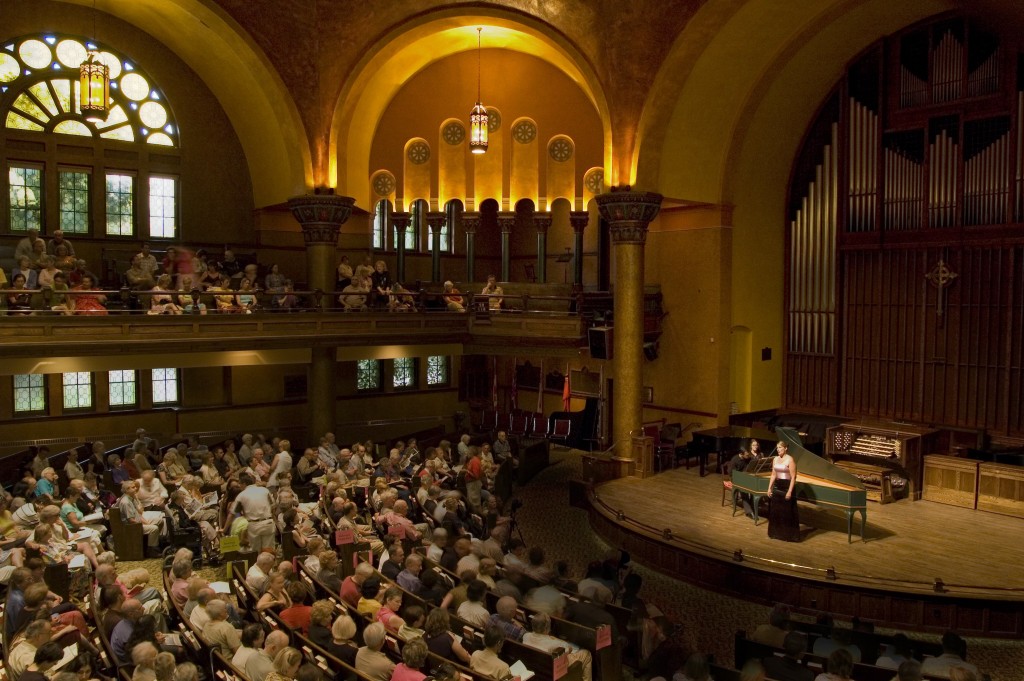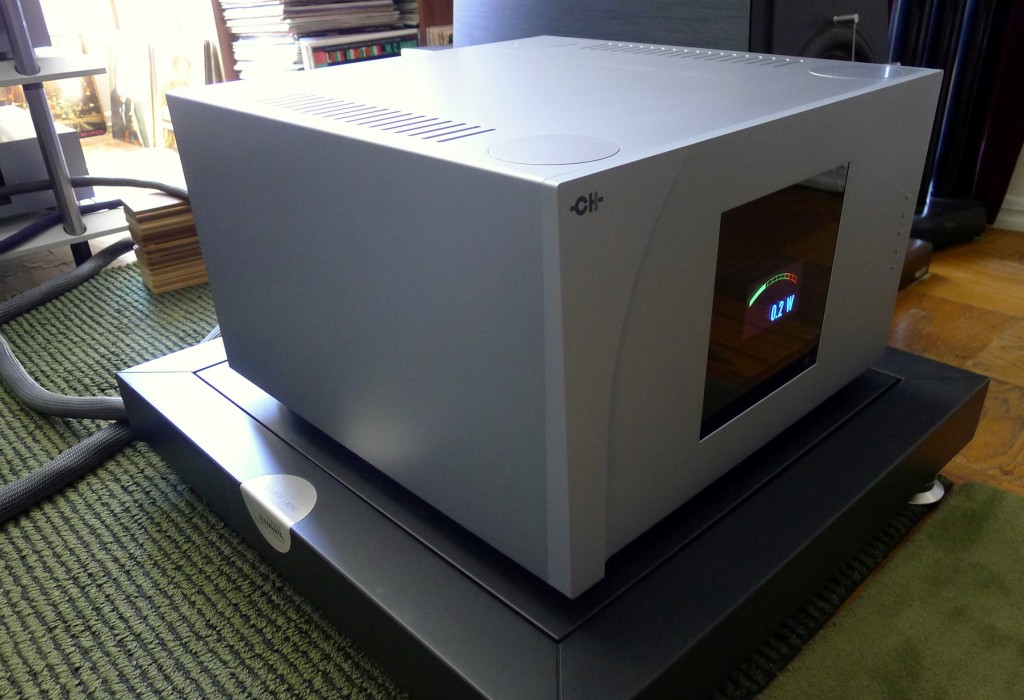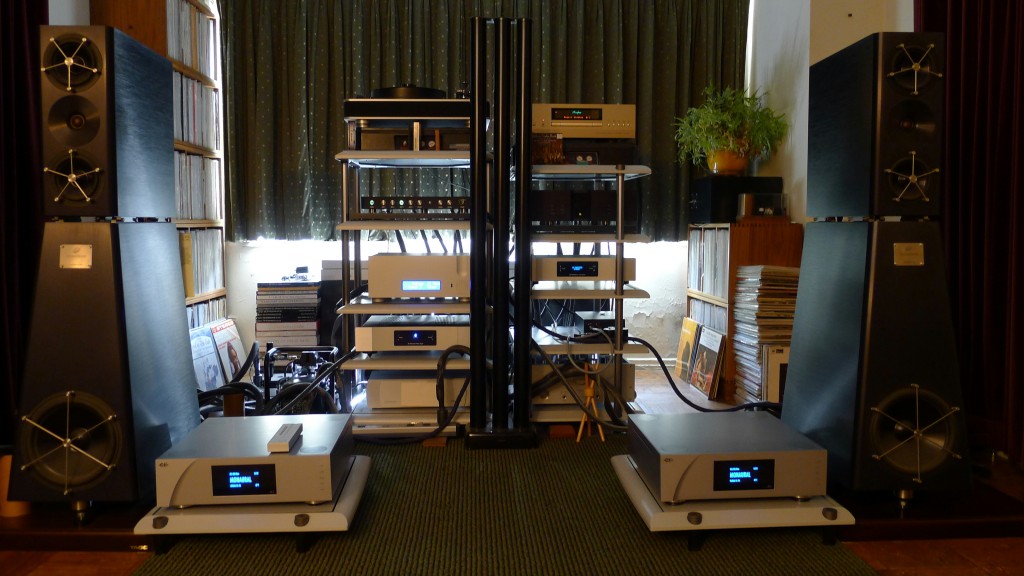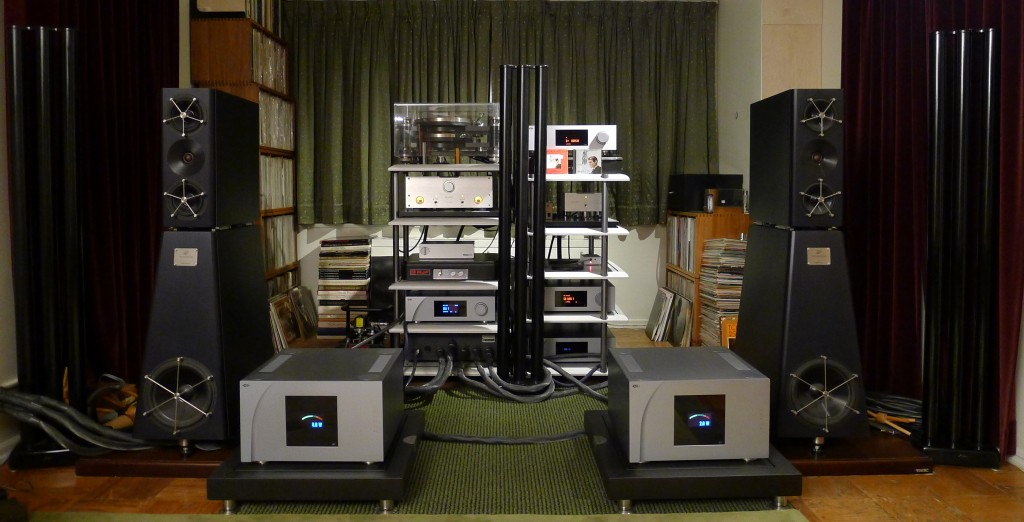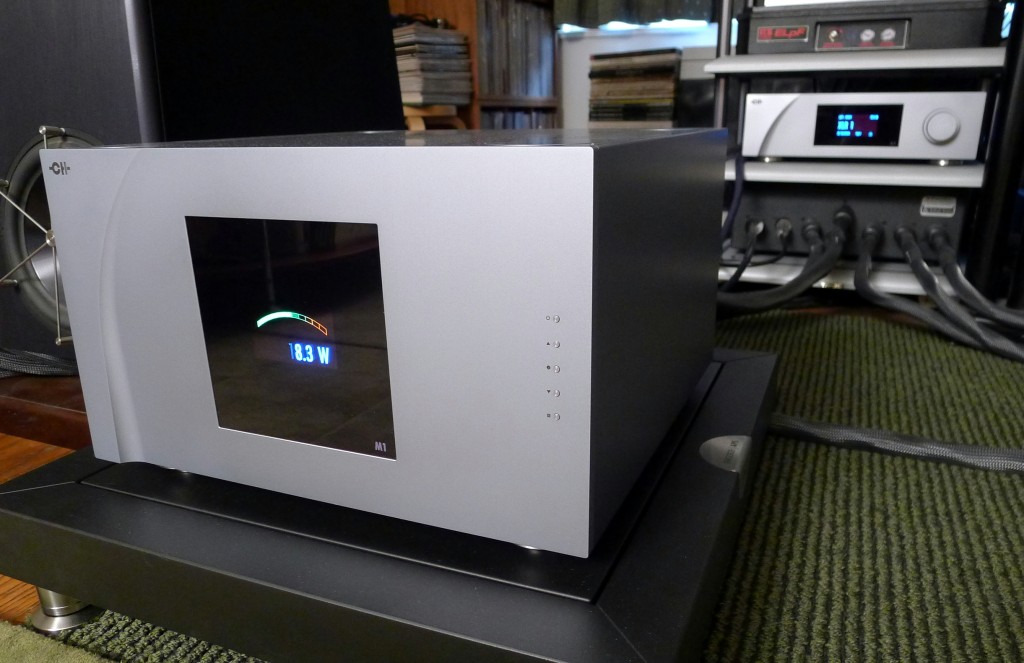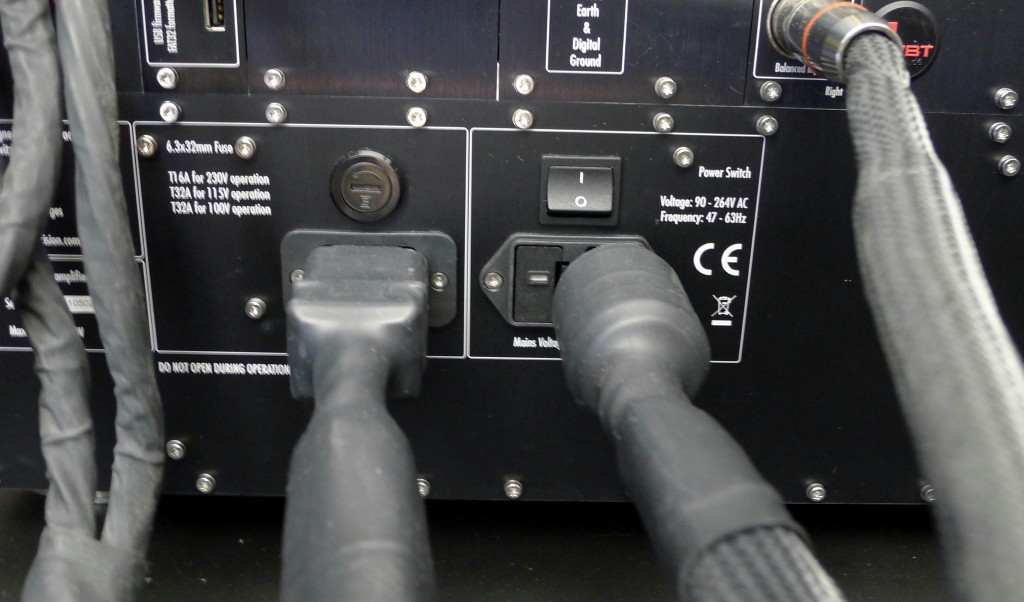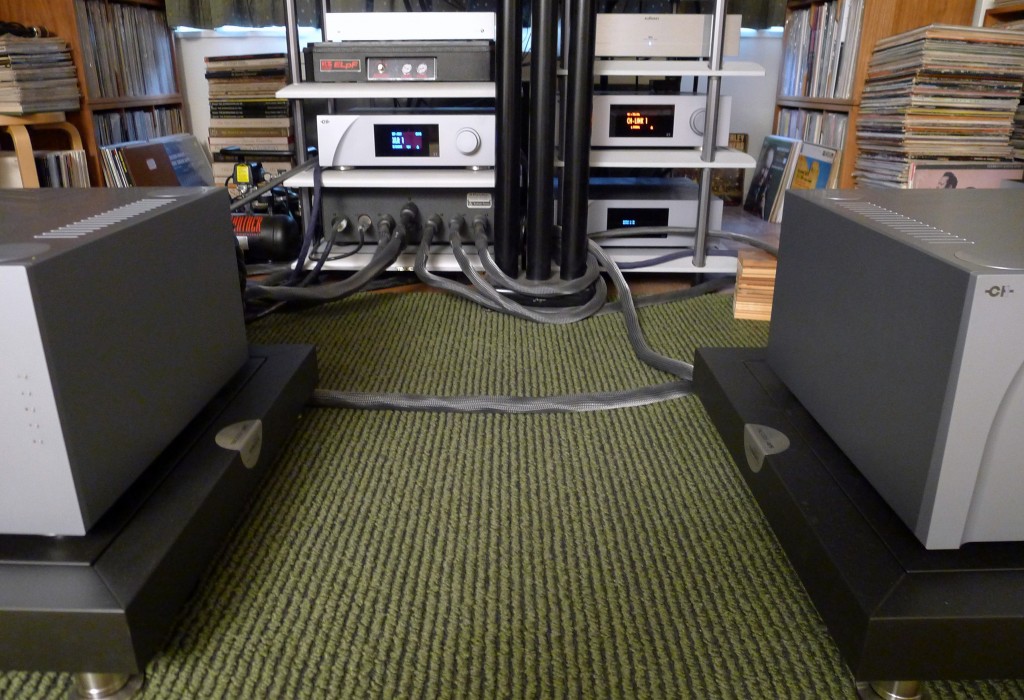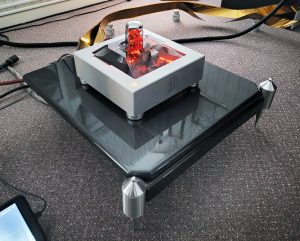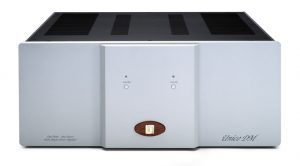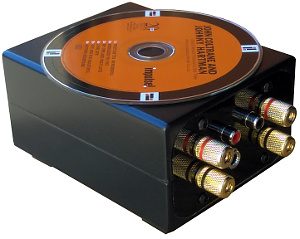We are creatures of habit. For ten consecutive years Lynn and I have taken our summer vacation at the Ottawa International Chamber Music Festival in Canada, which bills itself as the largest of its kind in the world. It is huge in terms of programming and number of days, if not in audience size.
A typical day at the festival offers anywhere from three to five programs, the majority of which are held in a century-old church. Noted for its marvelous, warm acoustics, we usually manage to find seats around fifth row center. Amplification is used sparingly, and I've been actively campaigning against even that much.
Last time we stayed a full two weeks, the longest ever. Imagine: two solid weeks where your biggest decisions are which programs to attend and where/when to dine. Tough life!
With such wonderful, extended, ear-tuning, it's no wonder my mood hangs low upon our return to NYC and firing up the system. It takes days before I'm able to enjoy it…sometimes my malaise can last for a week…sometimes it sets me on the path of creative destruction, ripping out sundry room treatments or audio tweaks in a desperate attempt to recreate some of what we heard up north.
This last re-entry was particularly rough, but something special arrived soon after our return to smooth the transition. The CH Precision M1 Mono Amplifiers are on the floor, perched on Finite Elemente APS Amp Stands, and don't they look pretty?
The M1, CH Precision's statement amp, made its debut at CES 2015. Many consider it a contender for the gold ring in the amplifier category.
A Little History
I can vividly recall the company's first amp offering, which I reviewed in 2014. A marvelous beast, I remember thinking the A1 amp itself was a strong State-of-the-art contender, especially in its monoblock implementation. (It can be configured as a stereo amp as well.) It outpaced my Soulution 710 Stereo amp by a wide margin and really should have taken up residence at Nack Labs. There was only one stickler—$37,475 for each monoblock, yet another case of audio unobtainium.
While reviewing the A1 pair and deliberating acquisition, the Audionet MAX Monoblocks came along. This lovely amp from Germany also performs in Reference Class (but with different sound) and, amazingly, gets you there for less than half the cost of the A1s. The MAXs ingratiated their way into our hearts and wound up becoming residents.
Compared to the CH A1 Amplifier
How do the M1 monos compare to the A1 pair? Cosmetically, they are kin. All CH Precision components share the brand aesthetic. Sonically, its DNA resembles its sibling, just that the more expensive big guy kicks everything up a notch. The differences are not radical, but nevertheless immediately audible: you will hear it as soon as you power up. You won't have to scour the soundstage with green eyeshades. As you will see, those little nudges coalesce into a big deal.
I recall how the A1s presented a soundstage: the graphic nature and precision of images was truly something to behold. The sections of the orchestra were dimensional building blocks, the weighty instruments within were unwavering, and everything was just where you expected them to be. Nothing extraneous or amusical was present to blur the view. It was uncommonly exposed. As I said in my A1 review, "the clutter is gone. The instruments have completely separated from one another and are hanging in space, no longer overlapping."
The Credibility Gap
And therein lay the issue. The building blocks appeared discrete and isolated, as if the glue that was supposed to bind them together had not been applied. This left the lingering impression that it was an artful construction and it caused a credibility gap that I could not throw off. In the end, I could not attain suspension of disbelief.
It was because the A1s were so darn truthful that I was able to perceive this. Most amps don't dig as deeply. (I believe this is at least partially intentional. A bit of blurriness helps mask problem areas.) And who knows? I'm blaming the A1s for the credibility gap, but conceivably it could have been due to my reference system at the time.
The A1s don't play tricks like that and the M1s similarly refuse to obfuscate. But the difference is they apply the glue. They fill in the gaps and the building blocks come together. As a result, the space and time warp is healed, the musicians are interacting, and I am able to hurdle the credibility chasm.
In the past there have been other components able to do this, but always in some very specific aspect. For example, you might read that "product xxx, with its amazing ability to resolve the boundaries of the hall, could transport me out of my soundroom and place me in the recording venue." When it happened, these were like golden nuggets that become the highpoints of the review.
Well, the M1 is the first component that can do this in a whole spectrum of ways. It's all those little nudges, each one pushing the soundroom experience. They coalesce into something beyond Reference Class. It moves the reproduction beyond being nice or pretty, beyond exciting Hifi hyperbole. We don't even have a name for it yet.
I'm not saying it's the same as being there, in Carnegie Hall or wherever. But in more ways than has happened before, the M1s bring you closer. I'm probably straining your trust when I tell you suspension of disbelief has become a regular occurrence at Nack Labs.
Difference in Source Quality
It all depends on the source. With the M1s completing my CH Precision electronics lineup, I witnessed the burden of persuasion jump from the electronics and land squarely on the source, where it always resided. If I hear any bottlenecks, my first glance won't be directed to the CH gear. A high-quality SACD is continuous in the way vinyl seems continuous and every aspect of playback is accounted for. The quality of the source was always important—now it is the paramount concern.
Stress and Strain
Comparing the two amps further, the A1 monos "…brought a newfound ease to the presentation. The A1 stereo was already relaxed and stressless. The A1 monos are without any mechanical signature. They are effortless and crisp at the same time."
The M1s nudge this in a way that made my panelist buddy George, an analog maven of the old school, observe immediately "…a stupid, ridiculous amount of headroom. No strain whatsoever. Makes me think all of the amps I've heard before were strained. Just so easy whether it plays low or loud, complicated or simple program material—it all has the same effortless quality."
Yup, totally without strain. Remember we're talking about a "muscle amp." But it doesn't push you around. It doesn't shout, "Hey, I've got the biggest muscles and I'm the fastest kid on the block." I could go on now about its incredible dynamics and grip, but I'd rather spill ink about the flip side: how it fares with low-level passages.
Quiet Passages
When it comes to a system demo, people want to hear big and loud. Understood—the stress test comes first and is critical. But right behind it is how does the component fare with quiet passages? Much less attention is paid to the other side of the scale.
The short answer is—usually not well. Think about a typical session. Nearly all audio systems sound best at higher volumes. When it's loud and dynamic you're engaged, that's when they open up and come alive. I'm speculating, but maybe they need to hit a certain SPL to get the air moving and pressurize the room.
But when the peak subsides, your mind begins to wander. Perhaps you fiddle with the remote and search for the next peak, or maybe you crank the volume on those quiet passages.
Those very low-level passages, the ones where the power meter on the front panel is registering about 1 watt, is where the M1s really shine. As George noted, whether it plays low or loud, the M1 makes for fully expressive performances. Quiet passages replay with a complete allotment of dynamic vitality and timbral colors and are equally engaging.
Technical Highlights
On the tech side, the M1s flaunt uncommon features. The manual states it is "…a top performing, future-proof, modular, two-output channel power amplifier with USB flash-drive firmware update and Ethernet control capabilities."
There is much to digest in that statement. Each M1 chassis contains two amplifier modules. This allows three possible ways to configure them. In Monaural Mode, both amp modules power a single output channel and current is maximized. The nominal output power is 200 watts into 8 Ohms, but that is deceptive: transient peaks can reach up to 2,200 watts. Bi-amp Mode is optimal for bi-wire speakers, where each amp module powers a specific speaker driver and each delivers 200 watts into 8 Ohms. In Bridge Mode, both channels are used in balanced mode. This provides the best signal-to-noise ratio; transient peaks can reach 700 watts.
Your speakers' characteristics will dictate which is best. My YG Anat speakers are bi-wired, but also have a particular fondness for high current. We found Monaural Mode clearly optimal. Changing these settings is easy, a matter of moving the speaker wires on the two pairs of binding posts on each amp chassis and selecting the mode from the front panel menu.
The manual continues: "the M1 also provides two unique features: global/local feedback ratio and gain adjustments. The amount of global feedback…can be adjusted to best match virtually any loudspeaker…The amplifier gain can be adjusted…in 0.5dB steps." After a short experiment, we opted for zero global feedback, just as we had with the A1s.
The amp is fully balanced and performs optimally in that mode, although RCA jacks are supplied. Note that each chassis requires two power cords: a standard IEC for display and computer functions, and a 20 amp plug for the amplifying circuits.
Associated Equipment
With the M1s on the floor on Finite Elemente APS Amp Stands, I now had a complete CH Precision line up for digital source—the D1 SACD Player/Transport à the C1 DAC à the L1 Pre à the M1 amps. I'm also using the optional X1, an external chassis power supply upgrade, on the L1 and C1.
Cosmetics
It's funny that the two brands that define Swiss luxury in my mind, Soulution and CH Precision, also share some aesthetics.
The M1 looks like an enlarged A1 amp, being twice as tall and more than double the weight. The large and heavy chassis is made from the same high-grade aluminum alloy, with softly squared-off corners and no visible screws (except on the back). Build quality of the satiny aluminum chassis is on par for the brand. Esthetically speaking, it is a thing of industrial beauty.
The front panel window of the M1 is twice as high, with a bank of discrete push buttons next to it. These provide access to an extensive menu system. This is next-gen gear with an on-board computer and sophisticated user interface. Please visit the website to explore further.
Conclusion
I'm not one of those reviewers who proclaim "the best I've heard" every passing month. But the CH Precision M1 Mono amp had me thinking along those lines from the start. It's really in a different class.
If the amps that preceded it reside high up in Reference Class, our highest ranking, the M1 is somewhere beyond. Components of this caliber need some other designation. Personally, I call them Exit Components. The CH M1 Mono amp belongs there; so does the CH L1 Preamp.
My long-standing panelist Sheldon expressed it best: "The CH M1 amp has a modern, high-fidelity sound that didn't exist 10 years ago. There's nothing old-fashioned about it. On the contrary, the modern sound of the M1 lets you hear the old-fashioned performing and engineering styles of original, Golden Age LPs. But by the same token, quality SACDs sound ultra-realistic."
Yes, it's exceedingly expensive. Well, what did you expect? SOTA performance will never be attainable on a budget.
I bought the pair.
M1 Monaural Amplifiers
$94,750/pair
CH Precision
Importer information
Audioarts




